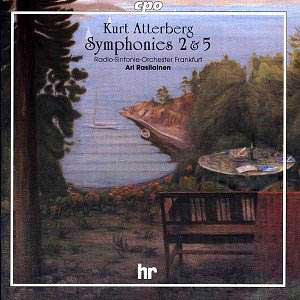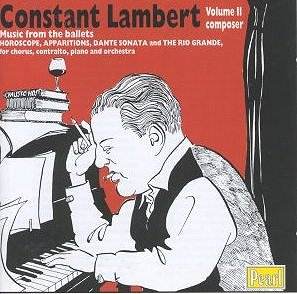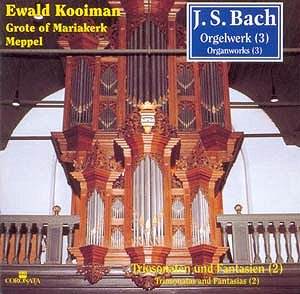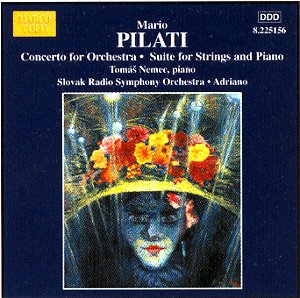 Composer: Kurt Atterberg
Composer: Kurt Atterberg
Works: Symphony No. 2 in F major (1913), Symphony No. 5 in D minor (1922)
Performers: Radio-Sinfonie-Orchester Frankfurt, Ari Rasilainen (conductor)
Recording: March 6-11, 2000, Sendesaal des HR
Label: CPO
Kurt Atterberg, a prominent figure in early 20th-century Scandinavian music, remains an intriguing yet underrepresented voice in the concert repertoire. His symphonies, particularly the Second and Fifth, reflect a vibrant synthesis of Romanticism and burgeoning modernist influences. The recordings of these works, under the baton of Ari Rasilainen with the Radio-Sinfonie-Orchester Frankfurt, offer a compelling insight into Atterberg’s stylistic evolution and thematic preoccupations. The performances capture the essence of a composer whose music, once celebrated in Germany and Sweden, deserves renewed attention in contemporary concert halls.
The Symphony No. 2, originally conceived in a two-movement format, showcases Atterberg’s ability to weave rich melodic lines with a sense of urgency and restlessness. Rasilainen’s interpretation reveals the work’s dual nature—a blend of turbulent natural forces and nationalistic fervor. The first movement unfolds with a vigorous intensity, characterized by sweeping orchestral gestures reminiscent of Mahler but distinctly colored by Wagnerian harmonic language. The conductor’s pacing allows the listener to savor the gradual build-up of tension, particularly in the transition to the central movement where a playful, folk-inspired theme emerges, injecting a surprising levity amid the overarching drama. The orchestra’s execution is commendable, with the woodwinds and strings articulating the thematic material with clarity and warmth, creating a vivid soundscape that enhances the work’s inherent lyricism.
Atterberg’s Symphony No. 5, composed in the aftermath of World War I, invites introspection with its darker palette and complex emotional layers. Rasilainen adopts a nuanced approach that highlights the symphony’s thematic dichotomy—anxiety colliding with a defiant spirit. The elegiac central movement, imbued with a haunting melody, showcases the orchestra’s lyrical capabilities, while the final movement stands out as a tour de force of dynamic contrasts and orchestral colors. The stark interplay between divided strings and brass introduces a dramatic tension that is both visceral and compelling. Rasilainen’s interpretation captures the essence of this struggle, particularly in the grotesque waltz motif that disrupts the symphony’s momentum, reflecting a keen understanding of Atterberg’s intricate emotional landscape.
The engineering quality of the recording further amplifies the strengths of both performances. The sound is rich and immersive, allowing the listener to appreciate the intricate textures and colors of Atterberg’s orchestration. The balance between sections is skillfully managed, ensuring that the brass’s assertive proclamations do not overshadow the subtler contributions of the strings and woodwinds. This attention to detail in sound quality enhances the overall impact of the music, inviting repeated listening and deeper engagement with its thematic complexities.
Rasilainen’s cycle of Atterberg symphonies continues to establish itself as a vital contribution to the revival of this composer’s oeuvre. The performances are not merely competent but deeply committed, revealing both the grandeur and the intimate moments of Atterberg’s symphonic writing. The juxtaposition of the buoyant, heroic character of Symphony No. 2 against the brooding introspection of Symphony No. 5 encapsulates a rich narrative of a composer grappling with the tumult of his times. These recordings serve as a potent reminder of Atterberg’s artistic significance and the enduring power of his symphonic voice.



